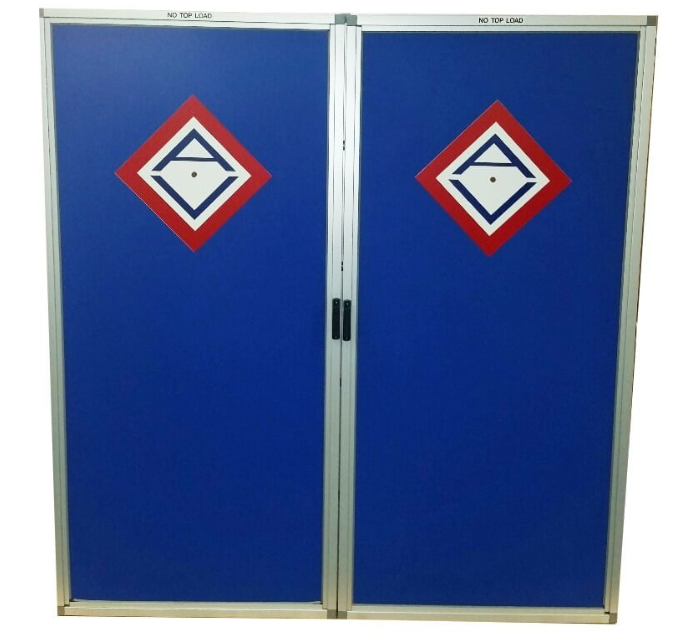Where do you keep all your stuff? The tapes, doctor blades, end seals, photopolymer, and other consumables that keep your business moving? More importantly, how do you keep track of it so you don’t fall short on supplies at critical times? RFID (Radio Frequency Identification) technology is the answer to smart inventory control, ensuring you always have what you need without manual tracking.
Systematic Inventory Management with RFID
Traditionally, tracking consumables meant relying on manual processes, with personnel managing inventory levels and ordering supplies. While this approach works, it’s prone to human error. Items often fall through the cracks, delaying critical jobs. RFID technology solves this problem by automating the inventory management process, ensuring that you always have the necessary supplies when needed.
RFID: The Smarter Barcode
RFID is essentially the next step beyond barcodes. While barcodes require direct line-of-sight scanning, RFID tags use low-energy electromagnetic fields to transmit information. Each tag contains a small computer chip that communicates with your inventory system. RFID technology already powers systems in various industries: retailers use it for theft prevention, manufacturers track products on assembly lines, and even U.S. passports contain RFID tags.
RFID’s Role in Inventory Automation
Inventory management becomes automated with RFID tags attached to consumables in your facility. For example, when a press operator removes a roll of mounting tape, the RFID tag on the roll signals the inventory system. The system automatically adjusts stock levels and alerts you if it’s time to reorder. You can even set re-order levels to automate the purchasing process, ensuring your inventory is always maintained at optimal levels.
Anderson & Vreeland’s RFID-Powered VMI System
Anderson & Vreeland’s Vendor Managed Inventory (AVMI) system uses cutting-edge RFID technology to monitor and manage your inventory needs. The RFID system tracks stock levels, notifies you when items are low, and can even automate reordering. The software provides reports on current stock, items needing replenishment, and a detailed history of usage trends.
Key Benefits of RFID in Inventory Control:
- Improved Inventory Management: RFID ensures you maintain the right amount of stock, reducing the chances of over- or under-ordering.
- Cost Efficiency: Combine shipments of multiple items based on inventory alerts to reduce shipping costs.
- Space Optimization: RFID allows you to keep frequently used items organized and in one place, freeing up valuable workspace.
Expanding RFID Beyond the Cabinet
While Anderson & Vreeland’s basic RFID system is cabinet-based, it can easily be scaled to track inventory across your entire facility. By placing RFID antennas around your pressroom or storage areas, you can monitor the movement of supplies like ink buckets, tooling, and job jackets throughout the day. This comprehensive tracking gives you real-time insights into your operation, allowing for smarter decision-making.
Final Thoughts
RFID tagging is a proven, efficient, and reliable method for streamlining inventory control. It automates tracking, reduces human error, and ensures you always have the supplies you need to keep your presses running smoothly. Ready to embrace RFID for smarter inventory control?
Reach out to Anderson & Vreeland today.



